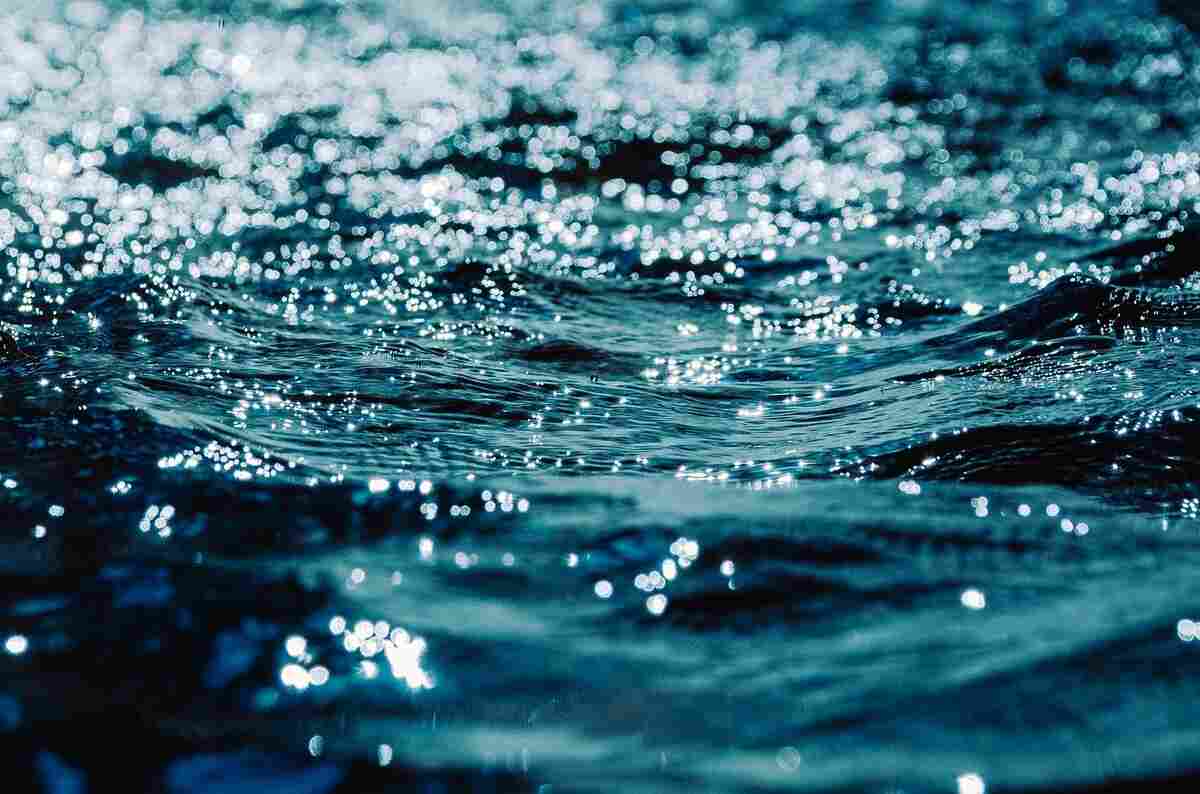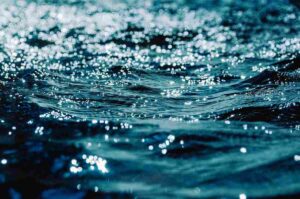Aquaphobia, a form of phobia disorder, is characterized by a strong fear of water, even when the scenario is not necessarily dangerous.
What You Should Know About Aquaphobia
Knowing Aquaphobia and Its Effects
Aquaphobia is defined as a strong or illogical fear of water that causes uneasiness not just in the presence of vast volumes of water, but also at simply thinking of water. While many people are inherently wary of specific water settings—such as murky lakes, strong tides, or fast-flowing rapids—those with aquaphobia experience heightened and even overpowering dread even in seemingly safe bodies of water, such as pools or bathtubs.
Anxiety Disorder: Aquaphobia
This fear of water is defined as a distinct anxiety condition, which is generally characterized by avoiding water-related events. According to the Anxiety and Depression Association of America, anxiety disorders affect about 40 million persons in the US each year. According to a 2015 World Health Organization report, around 264 million individuals worldwide suffer from at least one anxiety illness. According to the National Institute of Mental Health, around 9.1% of adults in the United States suffer from some kind of phobia, including aquaphobia.
Different Levels of Reaction and Severity
Diverse responses to water can be seen in people with aquaphobia; some may be anxious around any type of water, even in smaller spaces like bathtubs or pools, while others may only be afraid of deep bodies or turbulent water. Sometimes the phobia might be so severe that a small splash or spray of water can cause anxiety. Aquaphobia includes a wider spectrum of water-related situations than Thalassophobia, which is the dread of the ocean specifically.
Daily Difficulties for People Who Are Aquaphobic
Being submerged in water, whether in a lake, pool, or the ocean, can cause severe distress for many people. However, unlike the occasional discomfort felt by many people around big waves or open water, aquaphobia is characterized by a continuous, severe response. In extreme situations, people would even refrain from routine tasks like taking a shower, bathing, or doing simple laundry in order to reduce their exposure to water.
- Being close to big quantities of water, such as rivers, lakes, or oceans
- Observing smaller water arrangements like showers, bathtubs, and pools
- Thinking or visualizing water
- Looking at pictures or videos about water
- Hearing tales of water mishaps, shipwrecks, or drowning
- Viewing news reports or films about incidents involving water
- Hearing noises such as waves or splashes
The terms hydrophobic and aquaphobic describe distinct ideas. The psychological disorder known as aquaphobia is characterized by a strong, unreasonable dread of water. The idea of exposure to water causes anxiety and anguish in people with aquaphobia, which interferes with their everyday activities. On the other hand, the scientific term “hydrophobic” refers to water-repellent materials. It is not a phobia, but rather the physical property of things, such as oils, that do not mix or interact with water. Hydrophobicity is a chemical trait, whereas aquaphobia is a mental health condition.
Aquaphobia can result in a number of issues that affect everyday life and health. People would refrain from necessary activities like swimming, bathing, or even going near water, which could reduce their social and recreational opportunities. This avoidance may exacerbate emotions of shame, anxiety, or loneliness. In extreme situations, aquaphobia can cause problems with personal hygiene, such as neglecting to wash, shower, or bathe. Skin disorders, infections, and social discomfort are all consequences of poor hygiene that can worsen a person’s physical and emotional well-being. Furthermore, if left untreated, aquaphobia may raise the chance of acquiring other mental health issues including panic attacks, depression, or generalized anxiety disorder (GAD).
Aquaphobia has several causes
traumatic incidents in the past involving water
Traumatic events involving water are frequently associated with aquaphobia. A profound dread of water can develop in people who have gone through a traumatic experience, like a shipwreck or a near drowning. Even seemingly little events, like a bad swimming lesson, can occasionally cause long-lasting anxiety about water.
Impact of Media and Negative Stories
Aquaphobia has also been linked to exposure to frightful stories or films related to water. For example, there was a discernible rise in shark and aquatic phobias following the release of the 1975 movie Jaws. After hearing or seeing stories about drowning, shipwrecks, or other scary water situations, many people—especially kids—may internalize their concerns.
Genetics and family history
If a close cousin or family member has a history of anxiety or phobic disorders, there may be a susceptibility to aquaphobia. Genetics may be involved; particular gene mutations may raise anxiety levels, which may enhance a person’s vulnerability to certain phobias, such as aquaphobia.
phobic role-modeling
Observing other people might also lead to the development of aquaphobia. If a youngster witnesses a parent or sibling displaying fear or discussing their own concern around water, this behavior may be internalized, prompting the child to exhibit a similar reaction. Since childhood is a crucial time for developing reactions to environmental signals, this type of learnt association can commonly begin early.
Unknown Factors and Theories
Although it is generally accepted that phobias sometimes result from highly charged emotional situations, the exact cause of aquaphobia is yet unknown. According to some experts, a person’s permanent sense of danger associated with water is created when they are exposed to it during an anxiety-inducing incident.
Signs of Aquaphobia
Emotional and Physical Reactions to Water
A variety of symptoms, ranging from minor to severe, define aquaphobia. When people are near or think about water, they may feel extremely anxious. Fainting, nausea, and dizziness are common physical complaints. Furthermore, people with this phobia often show pale skin, shaking, and perspiration, all of which might worsen when they are near water.
Anxiety and Panic
People with aquaphobia may have shallow breathing, a fast heartbeat, and a strong feeling of fear when they are near water. The signs of a panic attack, which are common, include stiff muscles, shaking, and extreme terror. When water is near, some people may feel a desire to run, freeze in place, or become confused or disoriented.
Avoidance patterns and Anticipatory Anxiety
Another prevalent condition is anticipatory anxiety, which is the distress experienced in the days or weeks preceding an anticipated experience with water. Many people may completely avoid situations involving water, which frequently causes delays in day-to-day activities. To reduce exposure, this can include avoiding baths or showers or even avoiding going near or into bodies of water.
Effect on Functional and Social Skills
Even though those who suffer from aquaphobia frequently admit that their fear is out of proportion to the real danger that water poses, the phobia can nonetheless negatively affect their functioning and social interactions. Consistent water avoidance may become widespread, affecting not just everyday routines but also relaxing and social activities.
Other Mental Health Issues
According to research, many people who suffer from particular phobias, such as aquaphobia, may also struggle with other mental health issues. These may include bipolar, depression, or other anxiety disorders. When exposed to water, children who suffer from aquaphobia may cry throw fits, or cling to objects or parents as a way to cope with their fear.
The Treatment of Aquaphobia
Exposure Therapy
One of the main therapies for aquaphobia is exposure therapy, which aims to help people confront their fear of water in small, manageable steps over time. Patients may start therapy with breathing and relaxation exercises before moving on to watching pictures or recordings of water. They might eventually be led to safely approach, touch, and eventually enter a body of water. About 90% of patients with specific phobias report that their symptoms improve after therapy, demonstrating the effectiveness of this structured strategy.
CBT: cognitive behavioral therapy
Another crucial technique for treating aquaphobia is cognitive behavioral therapy, or CBT. CBT teaches people to recognize and swap out negative patterns of thought related to water with realistic and positive viewpoints. By adopting coping methods and improving their reactions to triggers, People can lessen their anxiety and deal more skillfully with water encounters. To improve treatment results, this technique is frequently combined with exposure therapy.
Hypnotherapy and Dialectical Behavior Therapy
Another choice is dialectical behavior therapy (DBT), which helps people control their emotions and deal with upsetting circumstances by being in the present. Group settings or individual sessions with a therapist are two possible settings for DBT. Besides, hypnotherapy can be utilized to change a person’s perspective on water and deal with any traumatic experiences that may have contributed to aquaphobia.
Medicines and Natural Approaches
To help treat severe aquaphobia symptoms, doctors may prescribe medication, including as antidepressants and anxiety medications. If the dread interferes with sleep, sleep aids may be advised. Furthermore, techniques like yoga, mindfulness, and meditation are frequently suggested to decrease stress and preserve calmness, which can be especially helpful in treating anxiety associated with phobias.


















